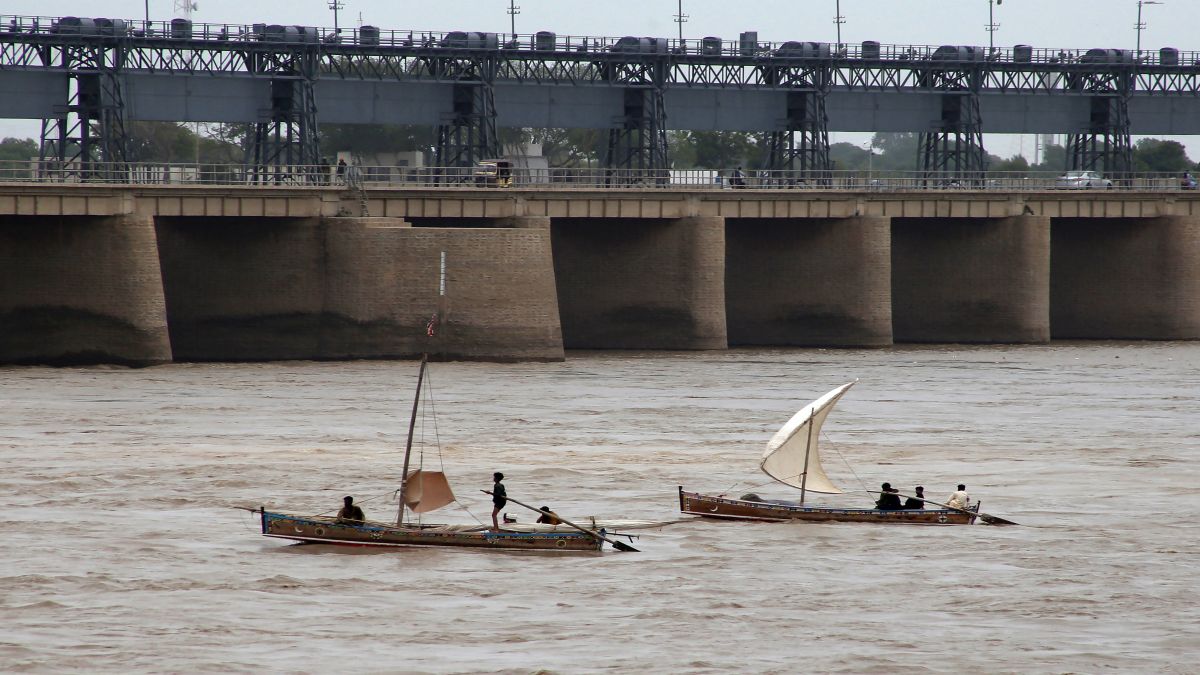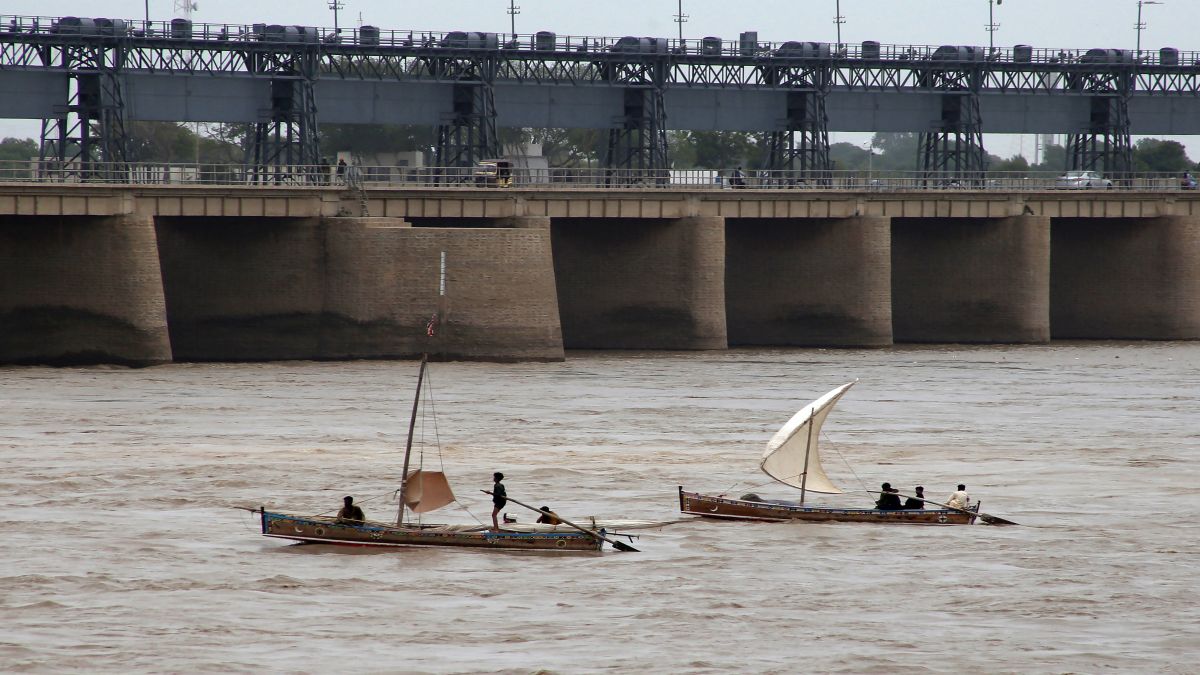Over 2,000 are feared dead in Papua New Guinea after a landslide hit a remote area.
All was quiet in the village of Yambali – a settlement in Papua New Guinea’s Enga province – in the early hours of Friday.
Then, as the villagers slept, disaster struck.
Search and rescue efforts are on, but the remains of just six people have been recovered thus far.
Here’s what you need to know about the difficulties of rescue efforts.
A remote area
The village is in a mountainous and forested area.
It is situated near a winding highway to the town of Porgera.
A mine in the area has produced billions of dollars of gold but their security personnel have been accused by rights groups of abuses.
The landslide has isolated Porgera and villages further than Yambali from the provincial capital Wabag.
Aid has been sent from Wabag, which is around 60 kilometers away.
However, responders have to walk the final 200 metres across the rubble-covered highway.
Rescue workers spent the past two days clearing stones and rocks 20 to 26 feet deep around the size of three or four football fields with shovels and picks.
Impact Shorts
View AllFinally, an excavator donated by a local builder arrived Sunday.
Serhan Aktoprak, the chief of the UN migration agency’s mission in Papua New Guinea, said survivors do not want heavy machinery to be used as they fear it will mangle the bodies of their relatives.
The excavator left the area on Monday.
However, it remains unclear this is because locals objected to it or not.
Meanwhile, military engineers with additional heavy equipment are en route to the disaster.
The engineers, coming from the city of Lae, will likely arrive tomorrow or day after.
Tribal warfare making things harder
Despite the tragedy, warring tribes have not been able to put their differences aside.
Aid convoys on the way to Yambali are having to be guarded by soldiers.
At least 26 men were killed in an ambush in February, and eight more died in a clash between two rival clans on Saturday in a longstanding dispute.
Around 30 homes and five retail businesses were also torched.
Convoys have been restricted to travelling during the day.
The two-hour drive either way means that they haven’t been able to spend much time at the site.
Around 25 people from the UN, other agencies and the military have been making the daily trek.
They saw burning houses and men armed with machetes along the way on Monday.
Emergency crews also face danger as the earth continues to shift.
The debris is getting increasingly waterlogged from three streams covered by the landslide, making it dangerous to work on and increasing the possibility it could slide farther downhill. Communities below have already been evacuated, Aktoprak said.
“We have a situation that is getting worse and worse every moment,” he said.
What happens next?
It’s difficult to tell.
But with all the small farms and food gardens that sustain the village’s subsistence farming population destroyed, as well as much of its livestock, it is clear that the survivors of Yambali will need help for some time.
Though the village is close to a river, residents were relying on three streams now buried by the landslide.
Justine McMahon, country director of the humanitarian agency CARE International, said moving survivors to more stable ground was an immediate priority as well as giving them food, water and shelter.
The military was heading up those efforts.
Aktoprak said around 6,000 have been affected by the disaster so far.
If survivors end up moving to urban areas, “this will trigger additional economic and social problems.”
Porgera and other towns past Yambali on the highway are now cut off and only accessible by helicopter, and it was not immediately clear what assistance people living in those areas may need as well.
The government of Papua New Guinea formally asked Monday for more international help.
The United States and Australia, a near neighbour and Papua New Guinea’s most generous provider of foreign aid, are among governments that have publicly stated their readiness to do more.
Papua New Guinea makes up the eastern half of the island of New Guinea, with the western half belonging to Indonesia.
It sits in the Pacific Ocean’s so-called “Ring of Fire,” a belt of active volcanoes and frequent earthquakes.
Its population is officially around 10 million, but the UN has said there hasn’t been a comprehensive census for years and the actual figure could be closer to 17 million.
With inputs from agencies


)
)
)
)
)
)
)
)
)



